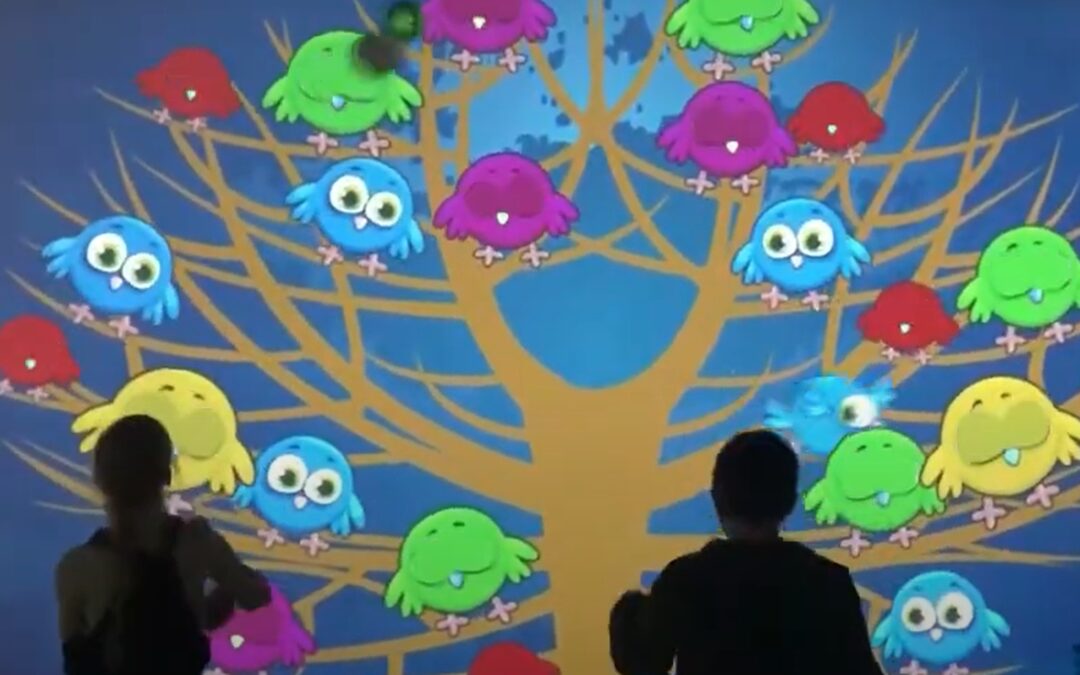Positive Reinforcement in Applied Behavior Analysis
What is Positive Reinforcement?
Positive reinforcement is a key component of ABA therapy that involves rewarding desired behaviors to increase the likelihood of them occurring again in the future. This can be done through praise, tokens, or other rewards that are meaningful to the individual receiving the therapy.
By using positive reinforcement techniques, therapists can help individuals with autism or other developmental disabilities learn new skills and behaviors in a fun and engaging way. This can lead to more effective and lasting results compared to traditional forms of therapy.
The Power of Play in ABA Therapy
Play is an essential part of ABA therapy as it provides a natural and engaging way for individuals to learn and practice new skills. Through play-based activities, therapists can create a comfortable and enjoyable environment for individuals to explore and develop their abilities.
By incorporating play into ABA therapy sessions, therapists can help individuals build social connections, improve communication skills, and increase their overall motivation to learn and grow. This approach makes therapy sessions more engaging and effective for individuals of all ages.




